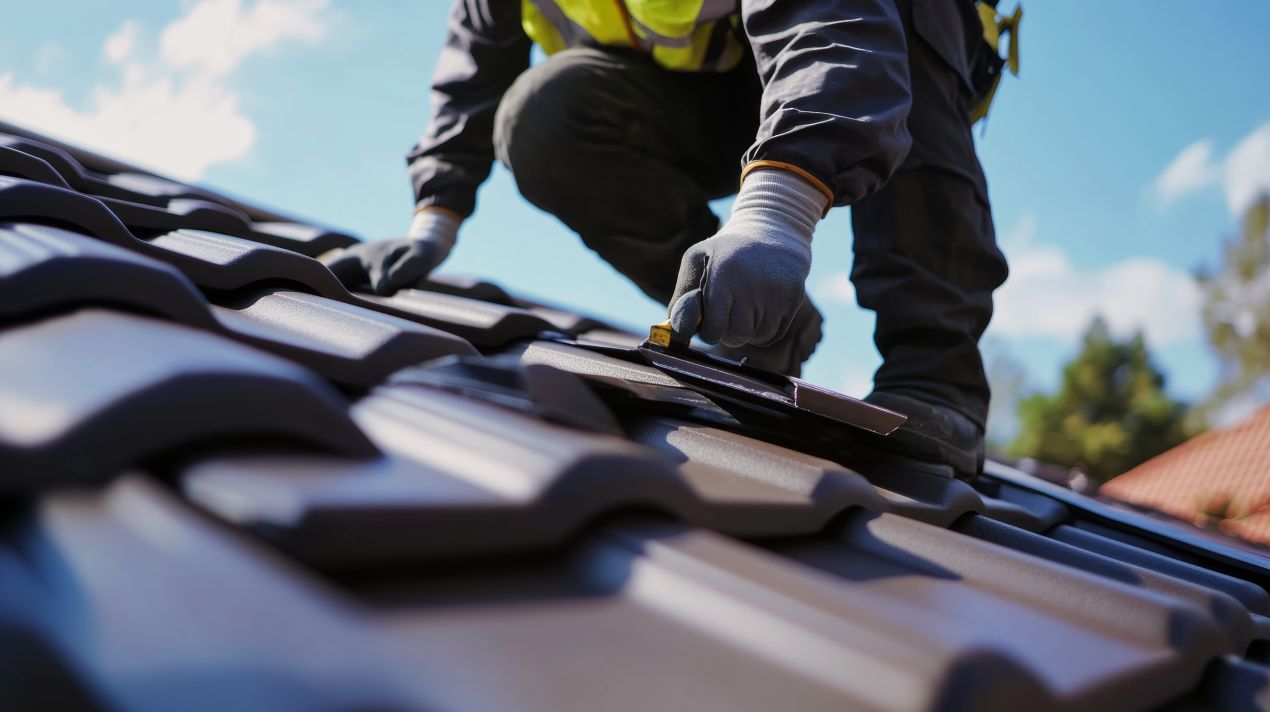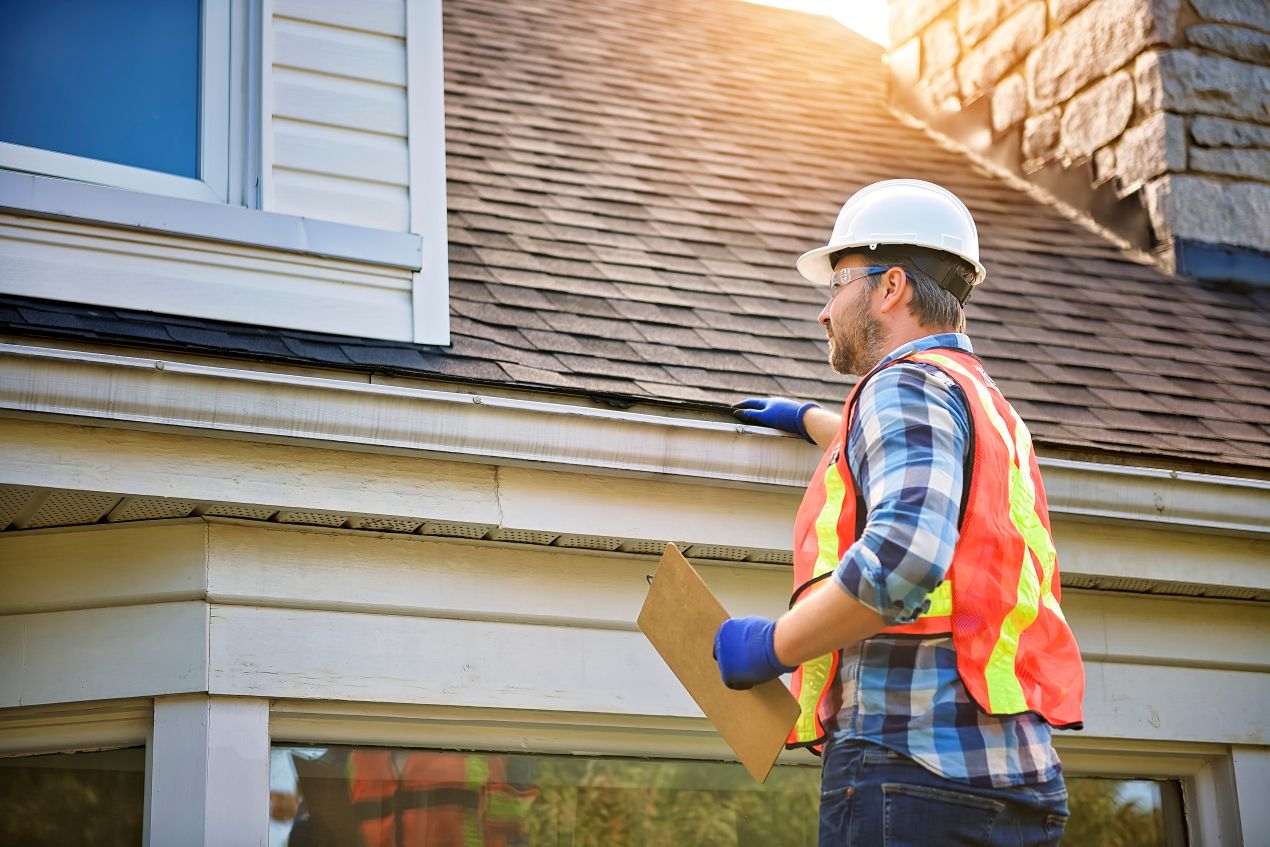Your roof is one of the most important parts of your home, but it won’t last forever. When problems appear, you’ll eventually face the choice of repairing the roof damage or replacing the entire roofing system. It isn’t always an easy decision. The right move depends on the type of damage, the age of your roof, and how long you plan to stay in your home. Looking at these factors closely will help you decide with confidence.
Look at the Type and Extent of Damage
Not every roofing issue calls for a full roof replacement. Small problems, such as a few missing shingles or a minor roof leak, can often be repaired. Widespread water damage, sagging sections, or rotting areas on the roof deck usually point toward replacement. The first step is to understand exactly what you’re dealing with.
Some problems are easier to catch with a trained eye. For example, homeowners in Florida may rely on Roof Installation Sarasota experts who understand how humidity, heat, and heavy rains affect a roof over time. Local knowledge can make a big difference when deciding if repair is enough or if replacement is the better move.
You should also think about what caused the damage. Storm damage like wind or hail damage may call for targeted repairs, while repeated water intrusion that leads to water stains or even mold growth often signals a larger problem that repairs alone may not fix.
Regular cleaning and maintenance also play a big role in preventing damage before it starts. Partnering with Premier Roof & Exterior Cleaning helps homeowners keep their roofs free from algae, debris, and buildup that can shorten a roof’s lifespan. A well-maintained roof not only looks better but also performs better in the long run.
Factor in the Age of Your Roof
The age of your roof is a major consideration. Asphalt shingles generally last between 20 and 25 years. If your roof is close to that range, investing in a replacement often makes more sense than paying for repeated fixes. A new roof can give you years of reliable protection and fewer concerns.
Conditions around your home also affect lifespan. Roofs exposed to heavy rain, strong winds, or frequent storms tend to wear out sooner. Even a roof that isn’t very old can show early signs of aging if the climate has been harsh. Poor installation and a lack of preventive maintenance can also shorten its life.
If you don’t know the exact age of your roof, you can still look for warning signs. Curling shingles, cracked sections, or granules in the gutters are strong indicators that the roof is nearing its end. At that stage, repairs may hold off problems temporarily, but replacement will likely be the more dependable option, especially if the roofing contractors you consult point out deeper issues.
Compare the Costs
Repairs are usually less expensive upfront, but that doesn’t always mean they’re the smarter choice. If you’re fixing your roof every few years, the total roof repair costs can quickly add up. A replacement costs more initially but can save money in the long run by reducing the need for constant work.
A new roof also brings added benefits. It can improve energy efficiency, which lowers utility bills. Some insurance companies even offer better rates for homes with newer, storm-resistant roofing installations. Replacement can also increase your home’s value and make it more appealing if you decide to sell.
Your future plans matter when comparing costs. If you intend to live in the home for many years, replacement usually pays off. If you plan to move in the near future, repairs may be all you need to keep the roof in good condition for now.
Think About Efficiency and New Materials
Modern roofing materials offer much more than basic protection from the elements. Many are designed to improve energy performance and reduce cooling costs. Architectural shingles, reflective shingles, and advanced moisture barrier systems can all make your home more efficient. Good attic ventilation and well-placed roof vents can also add comfort year-round.
If your current roof is older, it likely lacks these advantages. Replacing it with updated materials can bring noticeable improvements in both comfort and efficiency. Repairs won’t provide the same upgrade.
Durability is another factor. Impact-resistant shingles, metal roofs, and other long-lasting materials are now widely available. These options can handle severe weather far better than older products. If you want to boost both performance and resilience, replacement is the clear choice.
Consider the Long-Term Value
This decision isn’t only about fixing immediate problems. It also affects the long-term value of your home. A new roof increases curb appeal, adds resale value, and provides peace of mind. Buyers often prefer homes with recently installed roofs because they eliminate a major concern.
Repairs still have their place, especially when the roof is in good overall condition. If the damage is minor and the system still has many years left, repair is a practical way to extend its life without unnecessary expense.
In the end, the right choice depends on balancing today’s needs with future benefits. If ongoing leaks or frequent patch jobs are creating stress, a replacement can provide relief. Supporting elements like strong gutter systems also help extend the life of a new roof by reducing wear and improving drainage.
Wrapping It Up
Deciding between repair and replacement isn’t always simple, but focusing on the type of damage, age, cost, efficiency, and long-term value will point you in the right direction. Repairs are often enough for younger roofs or minor issues, while replacement is best for older systems or recurring problems. Taking the time to schedule regular roof inspections and seeking advice from trusted professionals ensures you’ll make the decision that best protects your home and budget.


